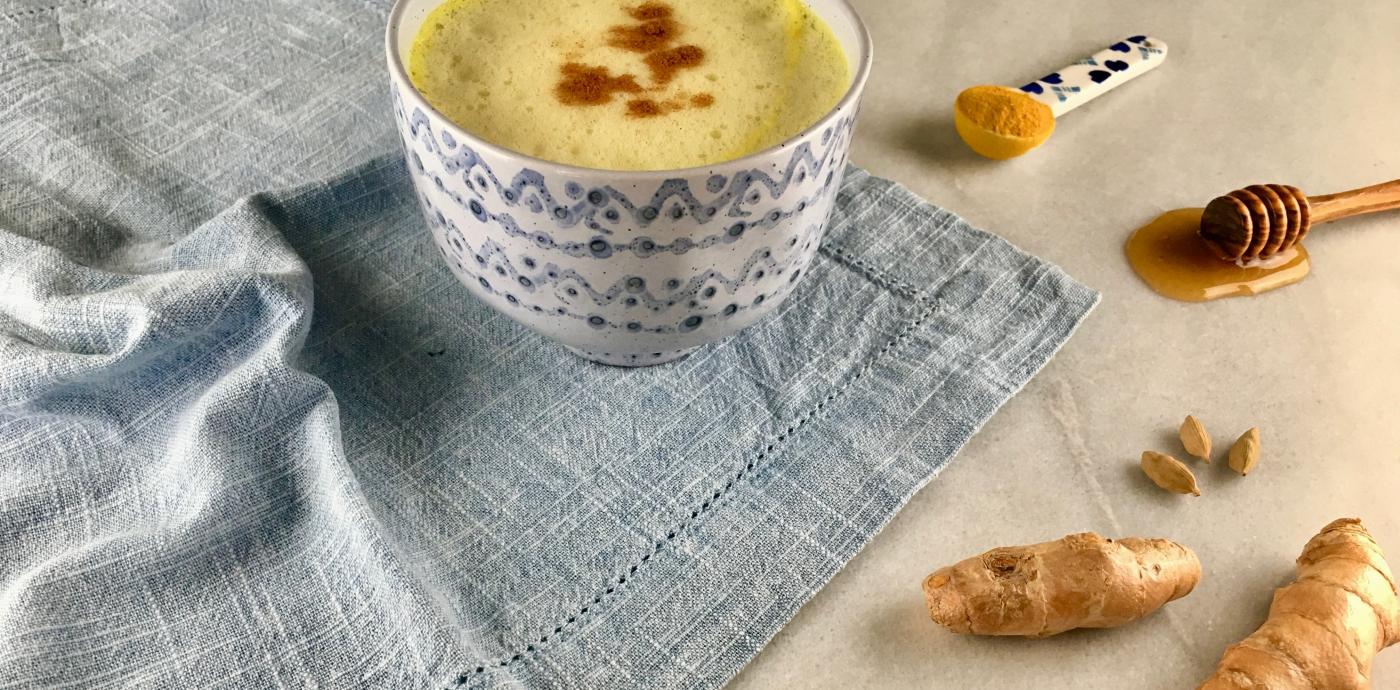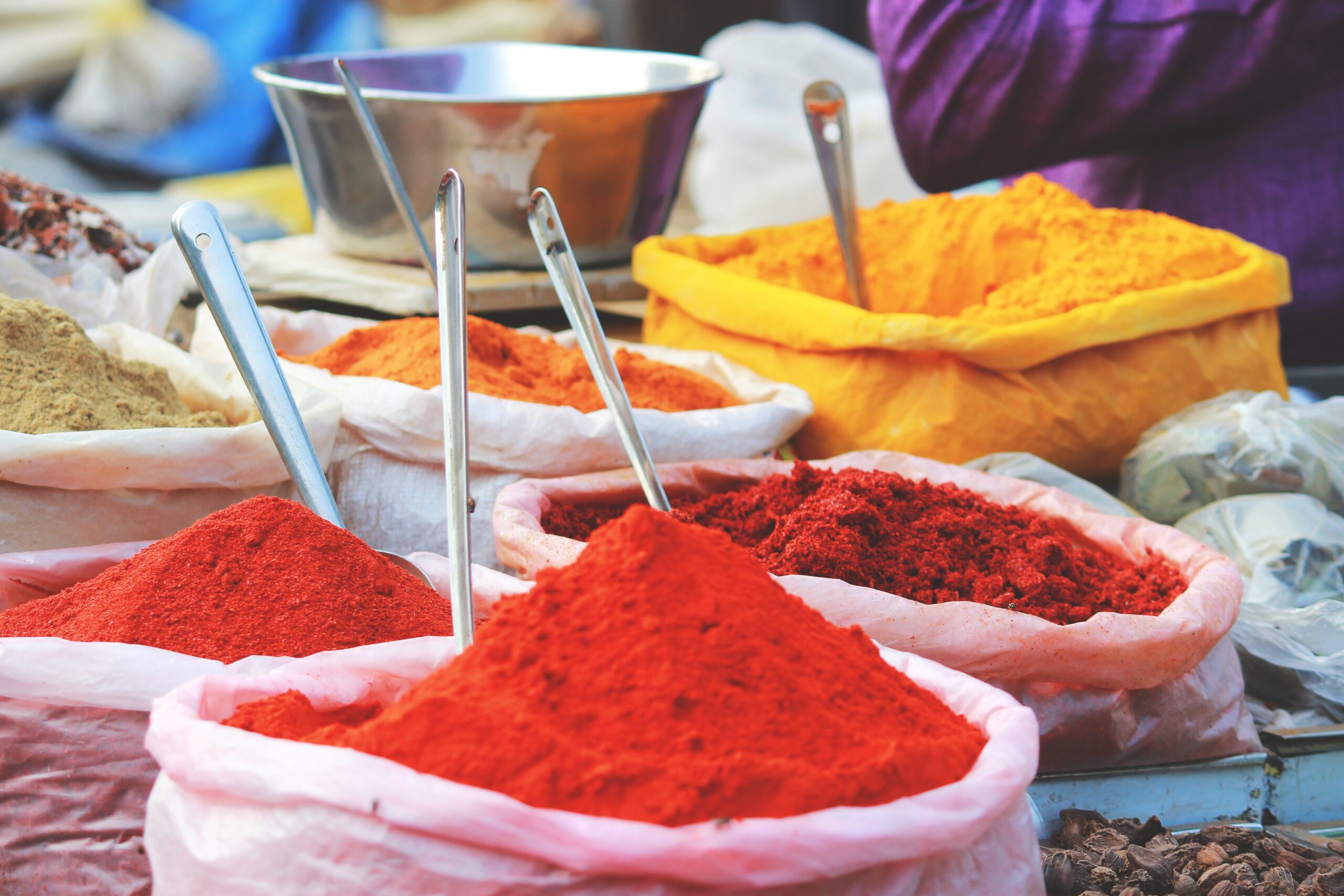You probably have experience using plants, herbs, spices, and other plant-based food to take care of yourself and treat health concerns. For example, have you ever taken ginger to reduce nausea, echinacea to boost your immunity when you’ve felt a cold coming on, rubbed arnica on a bruise to reduce swelling, or eaten a handful of nuts to regulate your blood sugar?
For many thousands of years, plants have been used as medicine to take care of and prevent all kinds of health issues. In our early days, Oldways had the honor of working with Dr. Jim Duke, a highly respected ethnobotanist. We were saddened to learn of his death, and felt compelled to pay tribute to him, his fascinating work, and his incredible legacy.
Ethnobotany is the study of how plants are used by different cultures. An ethnobotanist, like Dr. Duke, is a person who researches and documents the ways the plants are used within cultures and regional locations. And, document he did! He is regarded as a leading authority on medicinal plants, and is the author of over 30 books including The Green Pharmacy Herbal Handbook: Your Comprehensive Reference to the Best Herbs for Healing and The Green Pharmacy Guide to Healing Foods. Dr. Duke’s also created an in-depth, detailed phytochemical and ethnobotanical database.
By the time Dr. Duke participated in Oldways events in the early 90’s, he had traveled all over the world for his work. He oversaw many projects including the development of ReNuPeru Ethnobotantical Garden in the Amazon Rainforest while he was Director of Botany at the USDA.
Oldways gathered around 100 food writers, chefs, cookbook authors, and scholars in Spain in October 1992 for a 10-day Symposium-Food, Culture & Discovery-recognizing 500 years after the Columbian Food Exchange. Many of the attendees will remember that Dr. Duke gave a wonderful talk. He refers to his preparation for it in the introduction to one of his books, the CRC Handbook of Medicinal Herbs, where he mentions how excited he was learning and preparing for the talk “Spicerack/medicine chest-Five hundred years after Columbus”. He explained, “Overgeneralizing, culinary herbs are temperate leafy shoots used culinarily to flavor other dishes. And I know of no culinary herb that lacks medicinal activities… And overgeneralizing, spices are more often tropical and involve other plant parts, not just the leaves and shoots. But there is no fine line between spice and herb, and furthermore no fine line between, herb, spice, food, and medicine. Chile, garlic, ginger, onion, pepper, and turmeric are all herbaceous in the botanical sense of the word, i.e., not producing any wood; they are all often included in the spice charts and statistics of the world; they are all foods; they are all medicines.”
To continue learning from Dr. Duke, please see Dr. Duke’s Phytochemical and Ethnobotanical Database and The Green Farmacy Garden.








Leave a comment